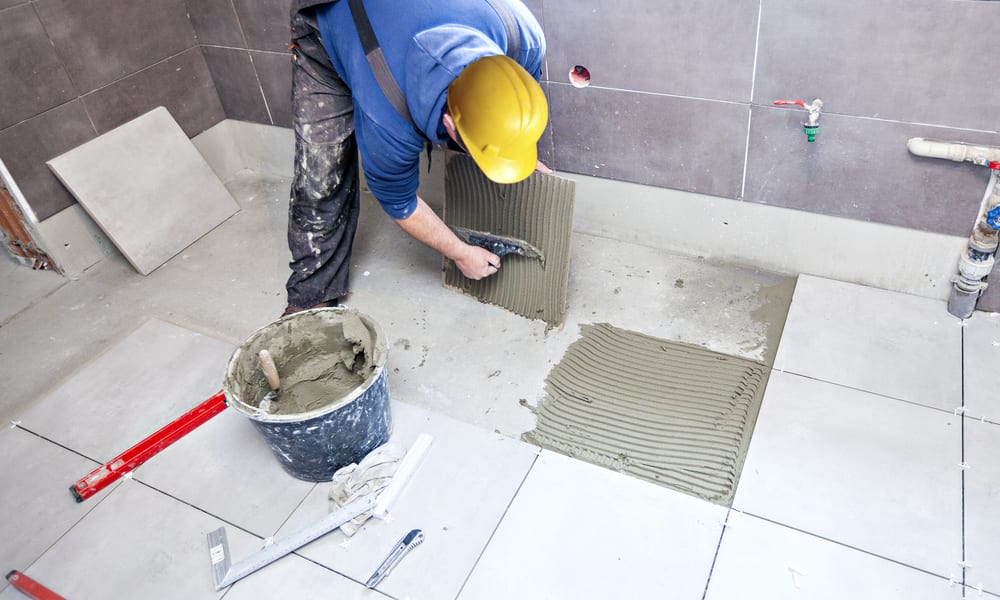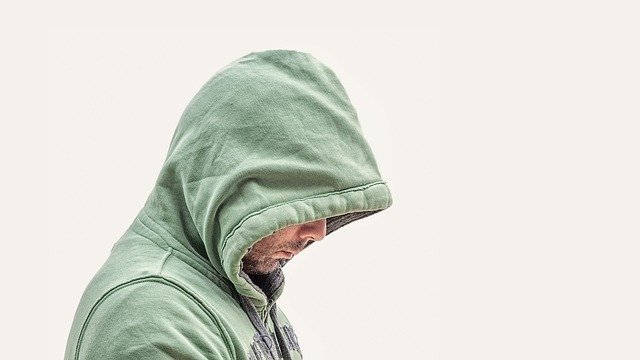Did you know that rubber floors and walls can transform your home into a safer, more comfortable, and more modern space by 2025?
Rubber flooring and wall coverings are revolutionizing modern home design, offering remarkable benefits that traditional materials simply cannot match. As homeowners increasingly prioritize safety, comfort, and sustainability, rubber surfaces are emerging as a versatile solution across various living spaces. From children's playrooms to high-traffic areas like kitchens and bathrooms, rubber materials provide unique advantages that contribute to a healthier, more functional home environment. The growing popularity of these installations signals a significant shift in interior design priorities, with predictions showing a substantial increase in rubber surface adoption by 2025.

Comfort and safety: protection for the whole family
Rubber flooring offers exceptional safety benefits that make it an ideal choice for family homes. Its naturally cushioned surface provides impact absorption that can reduce injuries from falls – a crucial consideration for households with young children or elderly family members. The material’s slight give creates a more forgiving surface underfoot, reducing joint stress during extended standing periods in areas like kitchens.
Beyond physical comfort, rubber surfaces also offer sound-dampening properties that minimize noise transmission between floors – particularly valuable in multi-level homes. This sound insulation helps create quieter, more peaceful living environments. Additionally, many rubber flooring options feature textured surfaces that provide superior slip resistance compared to traditional hard flooring options, especially when wet. This makes rubber an excellent choice for bathrooms, kitchens, and entryways where moisture exposure is common.
The safety advantages extend to fire resistance as well. Many rubber flooring products are engineered to meet strict fire safety standards, offering better performance than some conventional flooring materials in emergency situations.
Comfort in everyday spaces
The comfort advantages of rubber surfaces transform everyday living spaces in remarkable ways. The material’s natural elasticity provides a subtle cushioning effect that makes standing for extended periods far less taxing on the body – a noticeable improvement in kitchens, laundry areas, or home workshops. This resilient quality also means rubber floors maintain a consistent temperature year-round, avoiding the cold shock of ceramic tile in winter or the heat retention of certain synthetic materials in summer.
In children’s rooms and play areas, rubber flooring creates a forgiving surface that’s comfortable for crawling babies, playing toddlers, or teenagers needing floor space for activities. The material’s inherent durability withstands the constant movement, dropped toys, and creative messes that define these spaces.
For home offices and study areas, rubber flooring offers ergonomic benefits that support better posture and reduce fatigue during long working sessions. The subtle cushioning effect provides just enough give to maintain comfort while still offering the stability needed for desk chairs and office furniture. Many homeowners report improved concentration and productivity after installing rubber flooring in work spaces, partly due to the material’s sound-absorbing qualities that create quieter environments.
Durability: a long-term alternative
Rubber flooring’s exceptional durability makes it a wise long-term investment for homeowners. With proper installation and maintenance, quality rubber floors can last 20+ years – often outlasting many traditional flooring options. This extended lifespan comes from rubber’s natural resilience against impacts, scratches, and daily wear that would damage other materials. The surface maintains its appearance and functionality even in high-traffic areas where other flooring would quickly show deterioration.
Rubber’s resistance to moisture, stains, and chemicals further contributes to its longevity. Unlike wood that can warp or laminate that can bubble when exposed to moisture, properly installed rubber flooring remains dimensionally stable. This makes it particularly valuable in kitchens, bathrooms, and basements where moisture challenges are common. The material also resists fading from UV exposure, helping maintain its color integrity even in sunlit areas.
Maintenance requirements are minimal compared to many alternatives. Regular sweeping and occasional damp mopping with mild detergent is typically sufficient to keep rubber flooring looking new. Unlike carpet that harbors allergens or hardwood that requires periodic refinishing, rubber surfaces need no special treatments to maintain their appearance and functionality over decades of use.
Cost considerations for rubber flooring installation
Rubber flooring represents a mid-to-premium range investment in home improvement, with costs varying based on quality, thickness, and installation method. Standard rubber flooring materials typically range from $3 to $12 per square foot, while premium options with enhanced features can reach $15 to $25 per square foot. Installation costs generally add another $1 to $5 per square foot depending on subfloor preparation requirements and complexity.
| Type of Rubber Flooring | Average Material Cost (per sq. ft.) | Average Installation Cost (per sq. ft.) | Total Estimated Cost (per sq. ft.) |
|---|---|---|---|
| Standard Rubber Tiles | $3-$8 | $1-$3 | $4-$11 |
| Premium Rubber Tiles | $8-$15 | $2-$5 | $10-$20 |
| Rubber Sheet Flooring | $5-$12 | $2-$4 | $7-$16 |
| Recycled Rubber | $2.50-$7 | $1-$3 | $3.50-$10 |
| Custom Rubber Flooring | $10-$25 | $3-$6 | $13-$31 |
Prices, rates, or cost estimates mentioned in this article are based on the latest available information but may change over time. Independent research is advised before making financial decisions.
While the initial investment may exceed some traditional flooring options like vinyl or laminate, rubber flooring’s exceptional durability often results in lower lifetime costs. Many homeowners find that rubber flooring’s longevity, minimal maintenance requirements, and reduced need for replacement make it economically advantageous over a 15-20 year period compared to less durable alternatives that require more frequent replacement.
Modern design possibilities with rubber surfaces
Today’s rubber flooring and wall coverings have evolved far beyond the utilitarian gymnasium or industrial applications of the past. Manufacturers now offer an impressive range of colors, patterns, and textures that can complement virtually any interior design style. From sleek, modern aesthetics to warm, natural looks, rubber surfaces can be customized to achieve specific design visions.
Innovative installation techniques allow for creative applications beyond simple floor covering. Rubber can be used for accent walls, custom inlays, or even complete feature walls that add visual interest while providing functional benefits. The material’s versatility allows designers to experiment with mixed-media approaches, combining rubber with other materials like wood, metal, or stone for truly unique interiors.
The future of home design increasingly emphasizes sustainable, healthy materials that enhance both aesthetic and functional aspects of living spaces. As rubber surfaces continue to evolve with new manufacturing techniques and design possibilities, they’re positioned to become a defining element of forward-thinking home design by 2025 and beyond.
Conclusion
Rubber flooring and wall applications represent a significant advancement in home improvement, offering a rare combination of safety, comfort, durability, and modern design flexibility. As homeowners increasingly prioritize these qualities, rubber surfaces are expected to become mainstream elements in residential design by 2025. The material’s unique physical properties address many common concerns in contemporary homes, from safety and noise control to maintenance and longevity. While the initial investment may be higher than some traditional options, rubber’s exceptional performance over time often makes it the more economical choice in the long run. For those planning renovations or new construction in the coming years, rubber surfaces deserve serious consideration as a future-forward solution that enhances both the function and feel of living spaces.




